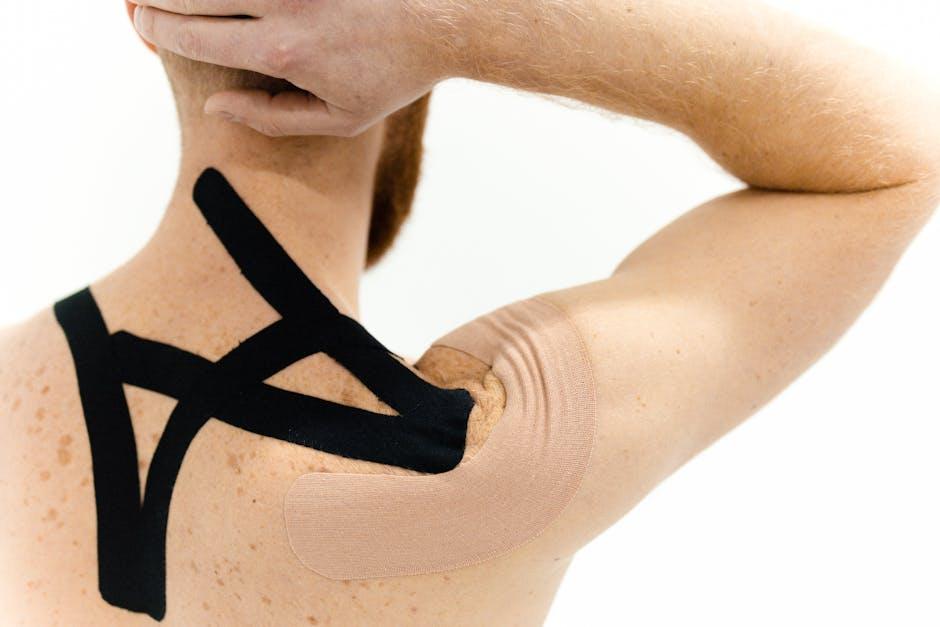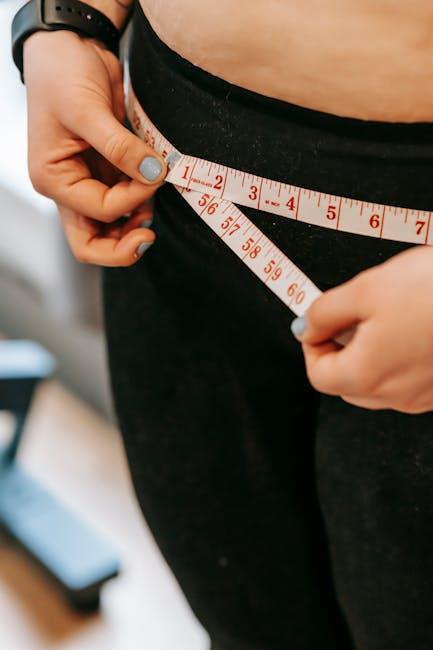In the quest for optimal health and fitness, the synergy between exercise and diet emerges as a cornerstone strategy for achieving fast and sustainable results. As individuals increasingly seek effective ways to enhance their well-being, understanding how to strategically combine physical activity with nutritional choices becomes paramount. This article delves into the analytical intricacies of integrating exercise and diet, unraveling the science behind their interplay and offering evidence-based insights for those eager to accelerate their fitness journey. With a confident exploration of methodologies and practical applications, we aim to empower readers to harness the full potential of this dynamic duo, paving the way for transformative outcomes.
Understanding the Science Behind Exercise and Diet Synergy
In the pursuit of optimal health and rapid results, the intricate dance between exercise and diet cannot be overstated. The synergy between these two elements is rooted in how our bodies respond to physical exertion and nutritional intake. Exercise acts as a catalyst, enhancing the body’s ability to utilize nutrients more effectively, while a well-planned diet provides the essential building blocks needed for muscle repair, energy replenishment, and overall vitality. Research indicates that when combined strategically, exercise and diet not only accelerate weight loss but also improve metabolic health and increase lean muscle mass.
To harness this synergy, consider the following key principles:
- Timing Matters: Synchronize your nutrient intake with your workout schedule. Consuming protein and carbohydrates post-exercise can significantly enhance recovery and muscle growth.
- Quality over Quantity: Focus on nutrient-dense foods that fuel your workouts and support recovery, such as lean proteins, whole grains, and healthy fats.
- Hydration is Key: Adequate water intake is crucial for both exercise performance and nutrient absorption.
By understanding and applying these principles, you can create a harmonious balance between diet and exercise, unlocking the full potential of your fitness journey.

Crafting a Balanced Routine for Optimal Fat Loss
Achieving optimal fat loss requires a harmonious blend of exercise and nutrition. To start, focus on integrating a variety of workouts into your weekly schedule. Cardiovascular exercises such as running, cycling, or swimming can help burn calories, while strength training builds muscle mass, which in turn boosts your metabolism. Consider incorporating the following elements into your routine:
- High-Intensity Interval Training (HIIT): Short bursts of intense exercise followed by rest periods can maximize fat burning in minimal time.
- Strength Training: Aim for at least two sessions a week, focusing on different muscle groups to build lean muscle and enhance metabolic rate.
- Flexibility and Recovery: Incorporate activities like yoga or stretching to improve flexibility and prevent injuries.
Equally important is a balanced diet tailored to support your fitness goals. Prioritize nutrient-dense foods and maintain a calorie deficit for fat loss. Key dietary strategies include:
- Protein-Rich Foods: Helps in muscle repair and keeps you satiated longer.
- Complex Carbohydrates: Opt for whole grains and vegetables to sustain energy levels.
- Healthy Fats: Include sources like avocados and nuts to support overall health.
By consistently aligning your exercise and dietary habits, you can create a sustainable routine that promotes effective fat loss and long-term health benefits.

Nutritional Strategies to Maximize Workout Efficiency
Enhancing workout efficiency through nutrition requires a strategic approach that aligns dietary intake with fitness goals. Start by focusing on macronutrient balance. Prioritize a diet rich in lean proteins, healthy fats, and complex carbohydrates to fuel your body and aid in recovery. Proteins are essential for muscle repair, while carbs provide the energy necessary for intense workouts. Healthy fats, such as omega-3s, play a crucial role in reducing inflammation and supporting joint health.
- Pre-Workout Fuel: Aim to consume a meal with a good mix of carbs and protein 1-3 hours before exercising. This could be something like a whole-grain sandwich with turkey or a bowl of oatmeal with a scoop of protein powder.
- Post-Workout Recovery: Within 30 minutes of finishing your session, refuel with a protein-rich snack to kickstart muscle recovery. Options like a protein shake or Greek yogurt with fruit can be effective.
- Hydration: Don’t underestimate the power of staying hydrated. Water is vital for maintaining performance levels and aiding digestion. Consider adding electrolytes for extended or intense workouts.
Incorporating micronutrients is equally important. Vitamins and minerals such as vitamin D, calcium, and iron support bone health and oxygen transport, enhancing overall performance. Regularly include leafy greens, nuts, seeds, and lean meats in your meals to ensure you’re meeting these needs.

Monitoring Progress and Adjusting Plans for Sustained Success
Achieving a harmonious balance between exercise and diet requires consistent monitoring and a willingness to adapt. To ensure you’re on the right track, regularly assess your progress by setting measurable goals. This could be through weekly weigh-ins, tracking your workouts, or using a fitness app to monitor caloric intake and expenditure. Data-driven decisions are your ally; they reveal what’s working and what needs tweaking. Don’t be afraid to adjust your routine if you notice stagnation or excessive fatigue. It’s essential to listen to your body’s signals and pivot accordingly to avoid burnout and plateaus.
- Review your progress: Use metrics like body measurements, energy levels, and mood.
- Modify exercise routines: Introduce variety by alternating between cardio, strength training, and flexibility exercises.
- Re-evaluate dietary choices: Ensure nutrient-rich foods dominate your meals and adjust portion sizes as necessary.
By continuously refining your approach, you maintain momentum towards your health goals, ensuring sustained success. Remember, flexibility in your strategy can often be the key to achieving faster, more enduring results.
